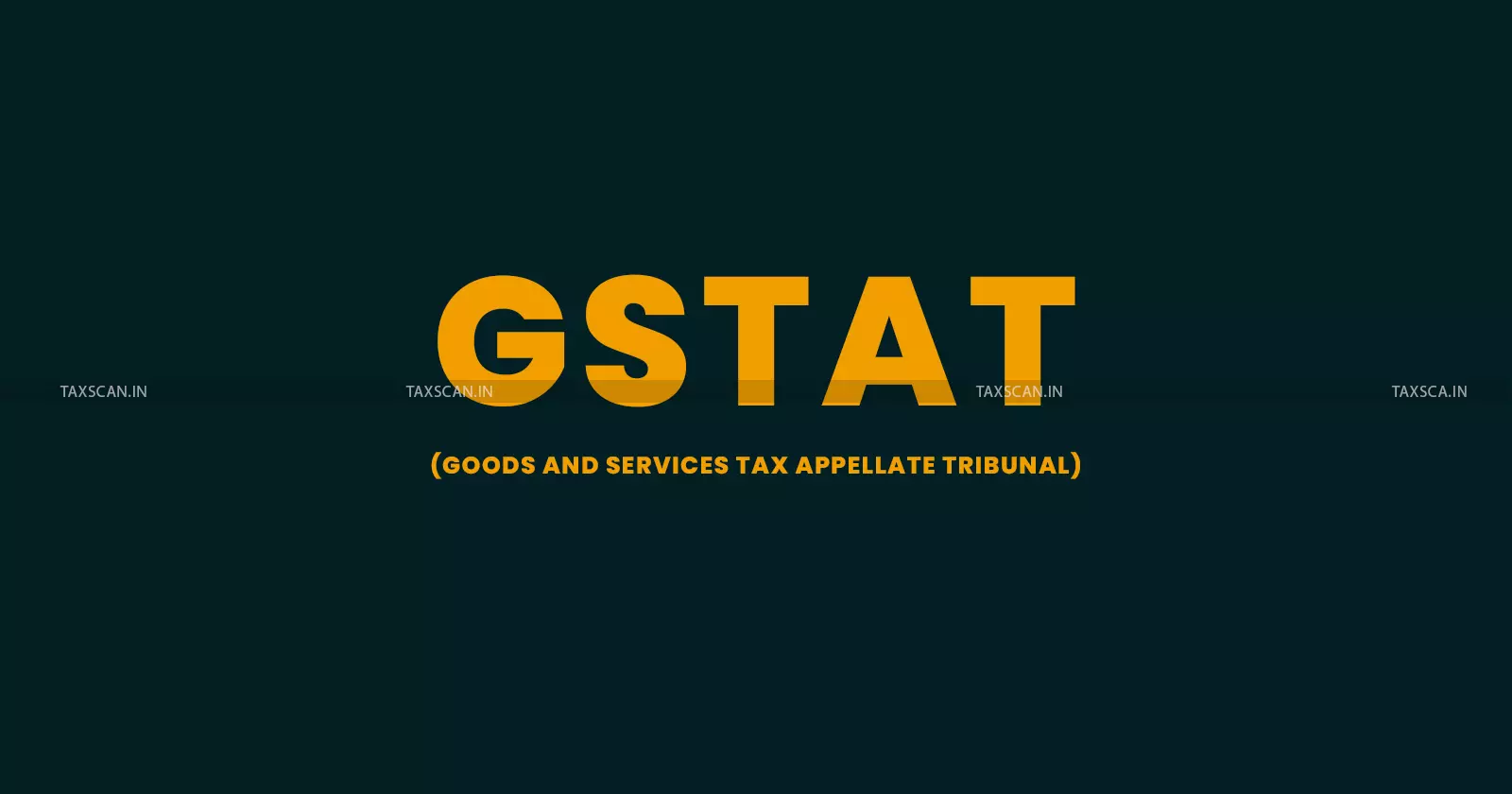GSTAT to begin Functioning with a Staggering 4 Lakh Pending Appeals: Tribunal of Tax Justice to be Overburdened?
For comparison, the Income Tax Appellate Tribunal (ITAT) has 63 benches and 126 members, but a backlog of only 35,000 cases, as per sources GSTAT’s “opening balance” is a “legal Everest”.

As Justice Sanjaya Kumar Mishra, the Tribunal’s first President, admitted at the launch in New Delhi: “This will not only be the largest tribunal in the country with more than 116 members, 32 benches, and 45 locations, but it will also have more than 4 lakh cases pending from day one.”.
The arithmetic of delay
The process of hearing and disposing of cases is not swift. Appeals require deposits, fees, replies, rejoinders, multiple hearings, and dictation of detailed orders. Even if each member delivers five orders a day, works 200 days a year, and the 100-odd members all operate at full throttle, that would amount to one lakh cases disposed annually. Clearing the inherited four lakh would still take four years, by which time lakhs more would pile up.
The digital filing system avoids mountains of paper, but not complexity. Four lakh appeals, each averaging 100 pages, means a digital archive of nearly 4 crore pages. The question is whether GSTAT’s IT infrastructure is ready for the load—or whether taxpayers will be left staring at crashed portals and frozen screens while “justice waits for better bandwidth.”
The economics of litigation
Where there is litigation, there is livelihood. If 4,000 tax practitioners each pick up an average of 100 GSTAT cases, and charge ₹25,000 per case, the consulting fraternity could rake in nearly ₹1,000 crore. Meanwhile, the government has allocated ₹210 crore in the Union Budget 2025-26 to run the Tribunal. Truly, justice does not come discounted.
Training judges at NACIN
Interestingly, members of the Tribunal will undergo training at the National Academy of Customs, Indirect Taxes & Narcotics (NACIN) in Palasamudram, Andhra Pradesh. Traditionally meant to groom future IRS officers, NACIN now finds itself shaping Tribunal members—an unusual departure from the norm, since judicial officers are typically trained at the National Judicial Academy, Bhopal.
The case for Sabka Vishwas 2.0
Should GSTAT even begin with this 4-lakh burden? One radical proposal is to wipe the slate clean with a new legacy dispute resolution scheme, modeled on the Sabka Vishwas (Legacy Dispute Resolution) Scheme, 2019. The idea: allow taxpayers to pay 20% of the disputed tax, close the case, and delete the stress—for both assessees and the exchequer. This could not only reduce pendency but also generate significant revenue.
Closure, after all, can be cheaper than litigation.
Tribunal of hope or despair?
GSTAT stands at a crossroads. If it manages speed, clarity, and fairness, it could become a benchmark in administrative justice. If it falters, it risks becoming another clogged institution, promoting what critics call a “docket explosion.”
For now, taxpayers, lawyers, and officials alike must brace themselves for procedural marathons, digital hiccups, and the long wait for relief. The Tribunal may not carry a gavel, but it carries expectations as heavy as its docket.
Whether it delivers resolution or simply another layer of delay remains to be seen while professionals are hopeful.
Support our journalism by subscribing to Taxscan premium. Follow us on Telegram for quick updates


